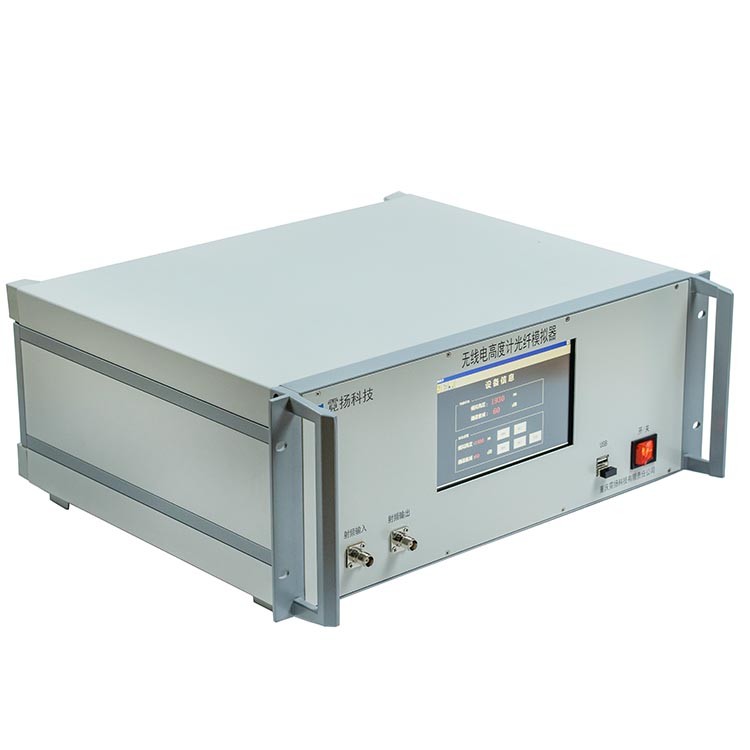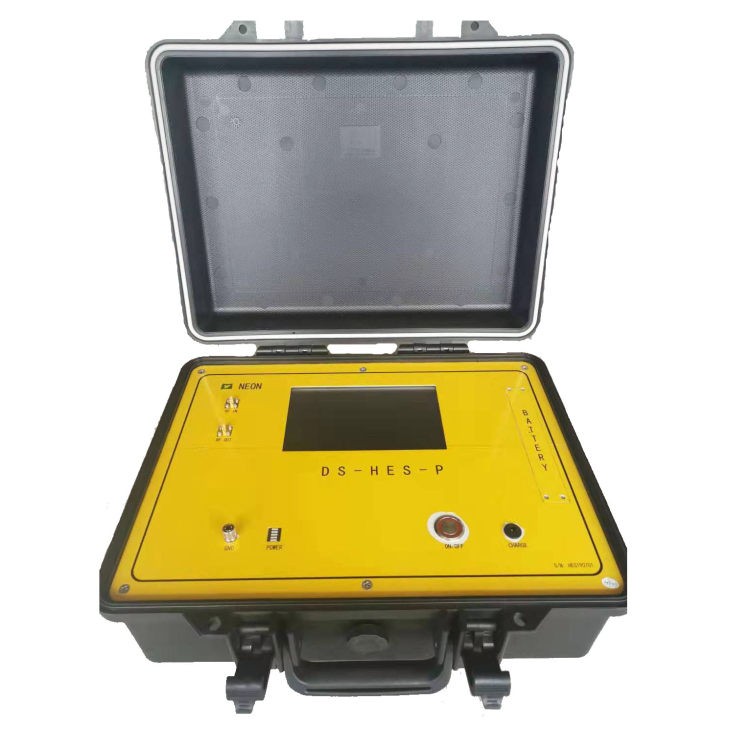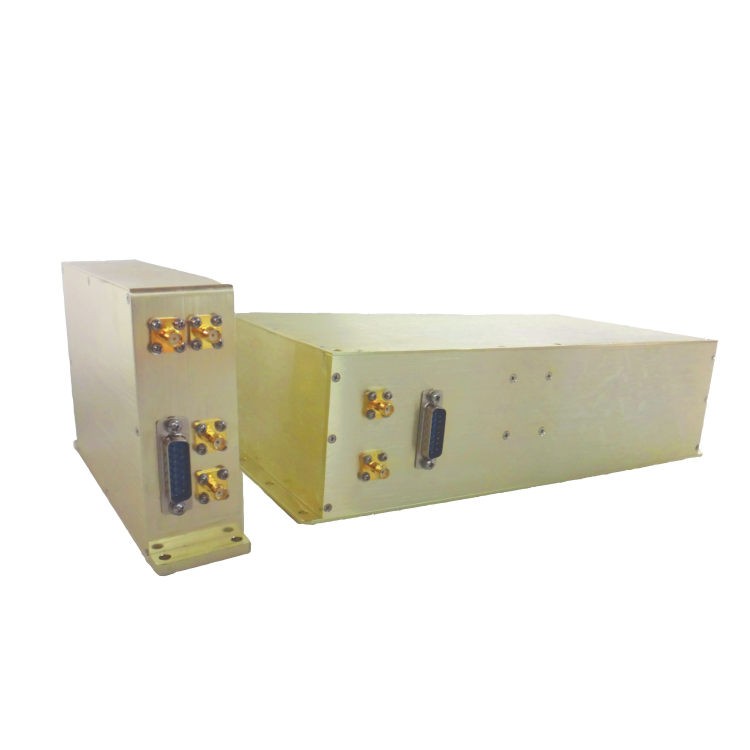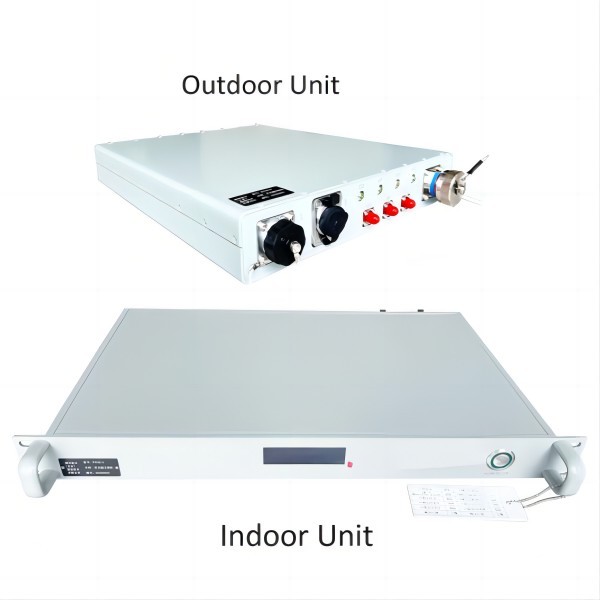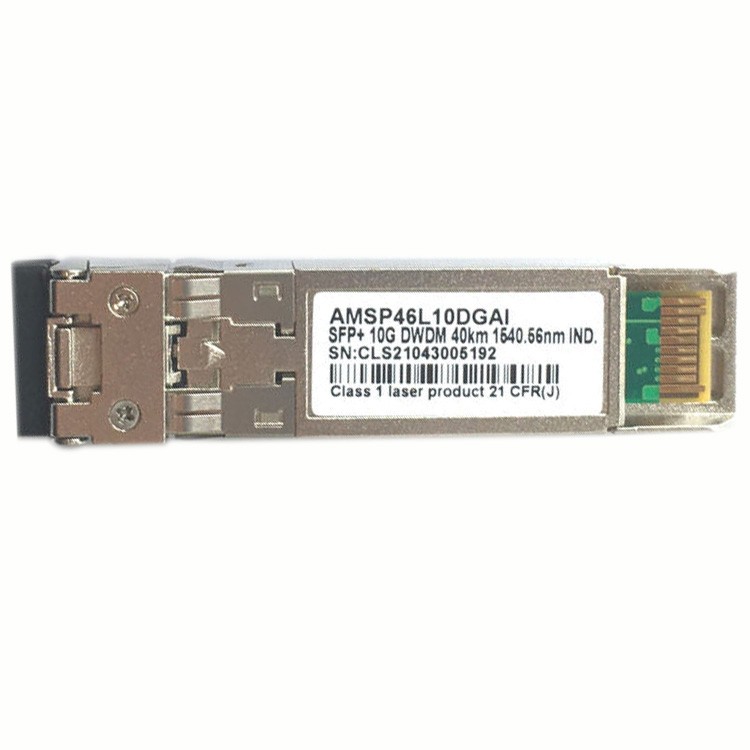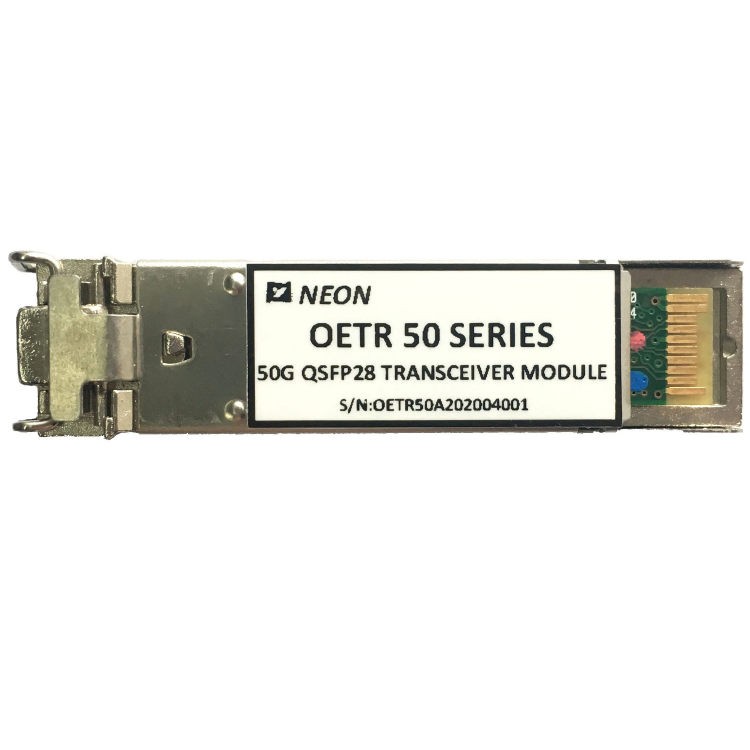Exploring Radio Altimeter Simulators: Choosing the Right Tool for Accurate Altitude Training
Radio altimeter simulators have become an indispensable tool in aviation training and research. These advanced devices provide a realistic environment for pilots and technicians to practice and perfect their altitude-related skills without the risks and costs associated with actual flights. In this article, we will delve into the world of radio altimeter simulators, discussing their significance, required software and hardware, costs, and tips for selecting the most suitable option.
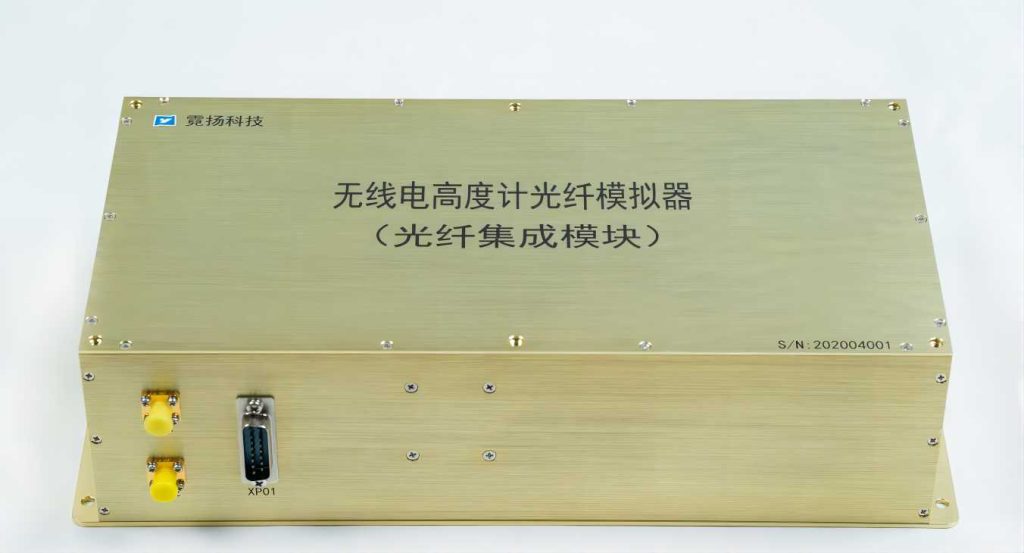
What are Radio Altimeter Simulators?
Radio altimeter simulators are specialized tools designed to replicate the functionality of radio altimeters, which are instruments used in aircraft to measure the distance between the aircraft and the terrain directly below it. These simulators mimic the real-world interactions and data readings that pilots would experience during various flight scenarios. They offer a controlled environment to practice altitude-related tasks, such as takeoffs, landings, and low-level flying, without the potential risks involved in actual flight.
Software and Hardware Requirements for Radio Altimeter Simulators
Software Requirements: Radio altimeter simulators require sophisticated software to accurately recreate real-world scenarios. The software should include features such as realistic terrain modeling, weather conditions, and aircraft behavior. Furthermore, it should offer various simulation modes and scenarios to cater to different training needs.
Hardware Requirements: To run radio altimeter simulators effectively, you need hardware components capable of handling the computational demands of the simulation software. A powerful computer with a high-performance graphics card, sufficient RAM, and a multi-core processor is essential. Additionally, some simulators might offer compatibility with specialized flight simulation hardware, such as joysticks, throttles, and pedals, for a more immersive experience.
Cost of Radio Altimeter Simulators
The cost of radio altimeter simulators can vary significantly based on several factors:
- Complexity and Features: Simulators with advanced features, such as realistic weather modeling, extensive aircraft libraries, and intricate terrain databases, tend to be more expensive due to the level of detail and accuracy they provide.
- License Type: Some simulators offer different license types, such as personal, educational, or professional licenses. The cost differs depending on the intended use and the number of users accessing the simulator.
- Add-Ons and Updates: Additional aircraft models, scenery packs, and software updates might incur extra costs. These can enhance the simulation experience and keep the software up-to-date with the latest advancements.
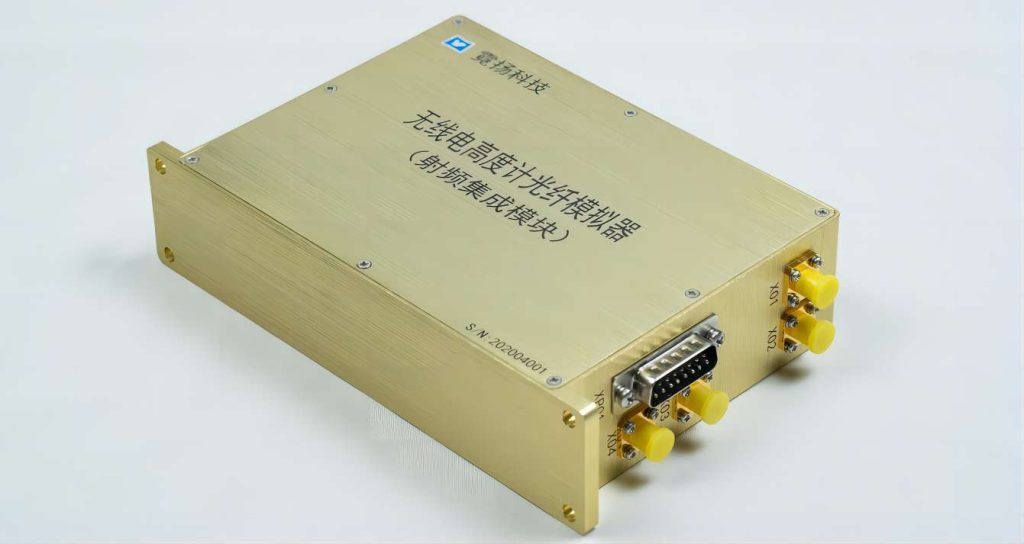
How to Choose a Radio Altimeter Simulator?
Selecting the right radio altimeter simulator requires careful consideration of various factors to ensure that it meets your training or research needs. Here are some tips to guide your decision:
- Training Objectives: Determine your primary goals for using the simulator. Are you training pilots, conducting research, or improving your own skills? Different simulators cater to different needs, so choose one that aligns with your objectives.
- Realism and Accuracy: Look for simulators that provide a high degree of realism and accuracy. This includes realistic terrain representation, accurate altimeter readings, and realistic flight dynamics. Reviews and user feedback can provide insights into the level of realism a simulator offers.
- Compatibility: Ensure that the simulator is compatible with your existing hardware and operating system. Some simulators might have specific requirements or limitations that could impact your overall experience.
- Scalability: If you’re considering using the simulator for training purposes within an organization, consider its scalability. Can it accommodate multiple users simultaneously? Does it offer networked training options?
- Support and Updates: A reliable simulator should come with good customer support and a history of regular updates. This ensures that any issues you encounter can be addressed promptly and that the simulator remains up-to-date with industry advancements.
- Community and Resources: A strong user community and available resources such as forums, tutorials, and documentation can enhance your experience with the simulator. They provide a platform for learning, sharing experiences, and troubleshooting.
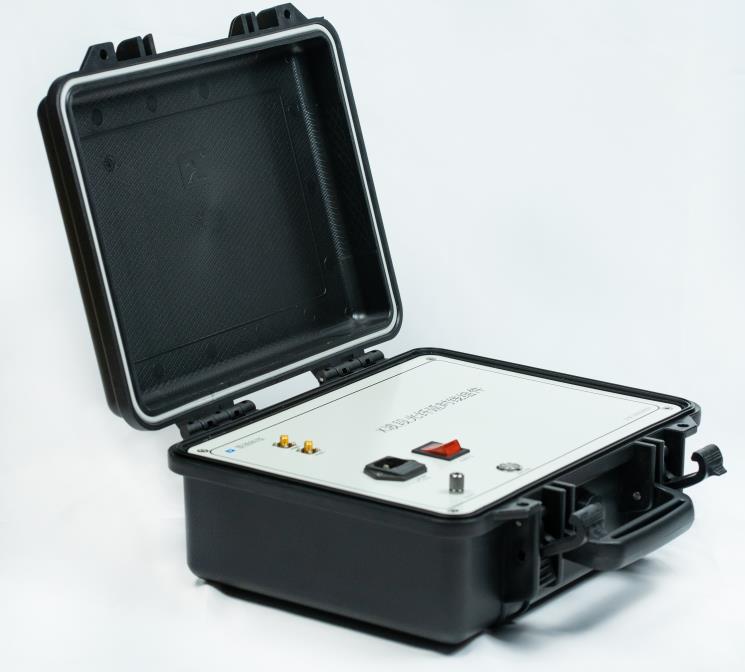
Summary
Radio altimeter simulators play a crucial role in modern aviation training and research by providing a safe and cost-effective environment for practicing altitude-related skills. These simulators demand certain software and hardware requirements to function effectively, and their cost can vary based on features and licensing. When choosing a radio altimeter simulator, it’s important to consider factors such as training objectives, realism, compatibility, scalability, support, and available resources. With the right simulator in hand, pilots, technicians, and aviation enthusiasts can hone their altitude-related skills with precision and confidence.


